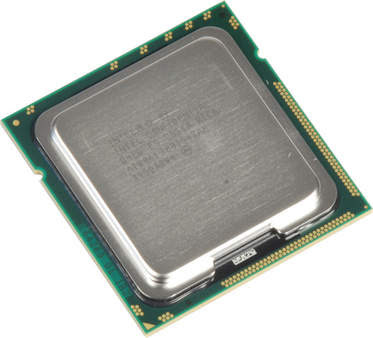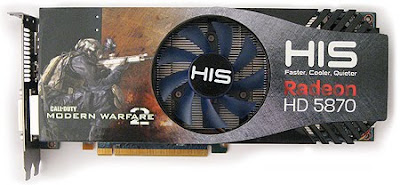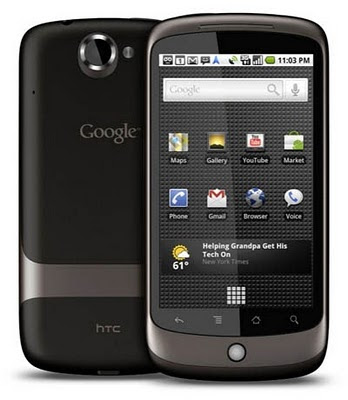
Ubuntu 10.10 Getting Multitouch ''Sequences''
Canonical has announced that the next version of Ubuntu will come with support for multitouch.
Company founder Mark Shuttleworth yesterday announced that Ubuntu 10.10, scheduled for release in October, will feature multitouch support in the form of UTouch.
Multitouch is nothing new, however, Shuttleworth says Canonical tried to do something different with its implementation in Ubuntu.
"The design team has lead the way, developing a “touch language” which goes beyond the work that we’ve seen elsewhere," Mr. Shuttleworth writes on his blog. "Rather than single, magic gestures, we’re making it possible for basic gestures to be chained, or composed, into more sophisticated 'sentences,'" he explains. "The basic gestures, or primitives, are like individual verbs, and stringing them together allows for richer interactions. It’s not quite the difference between banging rocks together and conducting a symphony orchestra, but it feels like a good step in the right direction."
Expect things to be pretty basic in 10.10, but Shuttleworth hopes that as third part developers jump on board, Ubuntu's multitouch experience will start to fill out quite nicely.
Ars Technica reports that uTouch is tightly integrated with Unity, Ubuntu's new lightweight netbook environment, and relies on recent improvements to the Linux kernel like the Xorg display server, and the Gtk+ toolkit.
Company founder Mark Shuttleworth yesterday announced that Ubuntu 10.10, scheduled for release in October, will feature multitouch support in the form of UTouch.
Multitouch is nothing new, however, Shuttleworth says Canonical tried to do something different with its implementation in Ubuntu.
"The design team has lead the way, developing a “touch language” which goes beyond the work that we’ve seen elsewhere," Mr. Shuttleworth writes on his blog. "Rather than single, magic gestures, we’re making it possible for basic gestures to be chained, or composed, into more sophisticated 'sentences,'" he explains. "The basic gestures, or primitives, are like individual verbs, and stringing them together allows for richer interactions. It’s not quite the difference between banging rocks together and conducting a symphony orchestra, but it feels like a good step in the right direction."
Expect things to be pretty basic in 10.10, but Shuttleworth hopes that as third part developers jump on board, Ubuntu's multitouch experience will start to fill out quite nicely.
Ars Technica reports that uTouch is tightly integrated with Unity, Ubuntu's new lightweight netbook environment, and relies on recent improvements to the Linux kernel like the Xorg display server, and the Gtk+ toolkit.







